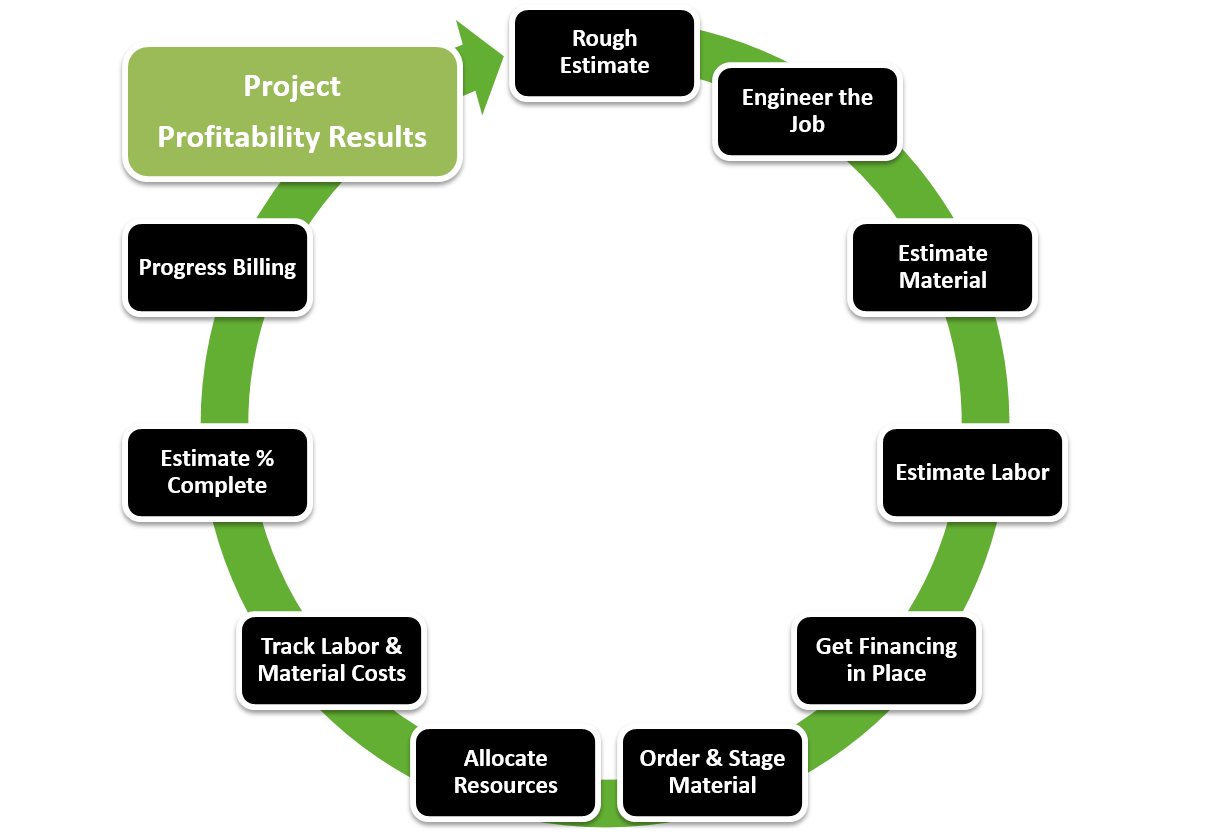Job costing is one of the most complicated issues that Solutions360 has seen in the integration industry.
Solutions360 has worked with more than 200 integrators, and fewer than 10 percent were satisfied with their job costing process, prior to implementing Q360. Often there was no job costing process in place, so estimates were based on gut feel. And many integrators were not fully burdening costs. All of this contributes to a lack of visibility into the accuracy of an estimate.
In today’s competitive environment, as margins are shrinking, job costing can make or break profitability on integration projects.
If you can’t see what happened on a job, how can you improve on the next estimate?
Q360 helps integrators close the profitability loop in the job costing process.
“One of the keys is having the financials, the accounting piece built into your operation,” says John Graham, Executive Vice President of Solutions360. “We start off with an estimate, which will turn into an order, which will turn into a job that builds out your material list. The materials are queued up for purchasing, which triggers the creation of purchase orders. Instantly, the project manager can see the impact of those purchase orders in the projected column, the earned revenue as well as the original budget.”
Everything that’s happening financially is visible from an operational standpoint. So when people are entering in their time, that’s hitting the job cost. Then your project manager is able to keep an absolute close tie to what’s going on as far as profitability is concerned. Obviously that rolls up to looking at all of your jobs and then ultimately looking at the profitability by customer. So everything is a closed loop as far as the feedback of all the financials in Q360.
Watch the video for the full discussion:
John Graham discusses how Q360 helps to close the profitability loop in your job costing process.
Handpicked related content: NSCA Labor Installation Standard Integrated with Solutions360 Software
Handpicked related content: 5 Things to Consider When Bidding a Project


